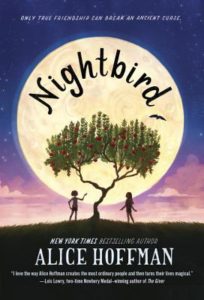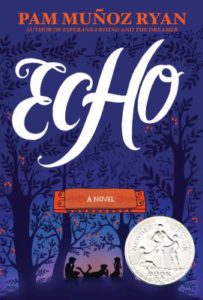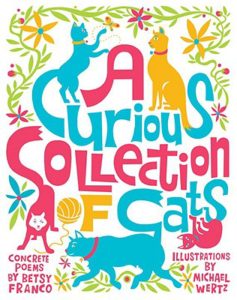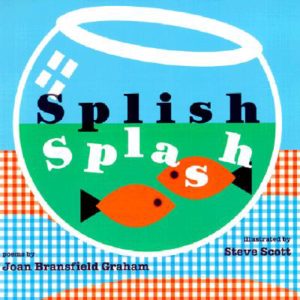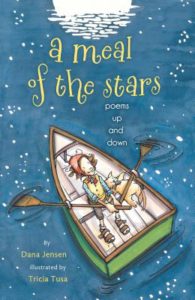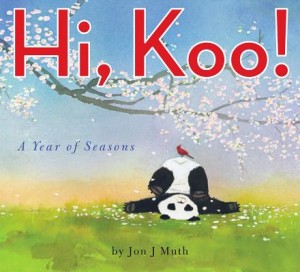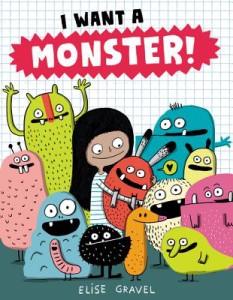LUIS PAINTS THE WORLD, written by Terry Farish and illustrated with dramatic swirls of color by Oliver Dominguez, presents a story of how confusing and scary it is to have someone in the family deployed.
Luis’s big brother, Nico, doesn’t have to join the army and leave home to see the world. “No!” argues Luis.
Right here, in their home and neighborhood, there is a whole world for his brother to see. How can Luis convince his brother not to leave?
Nico’s army duffel is packed full and waits by the front door. Luis sits down next to it. Then he knows what to do. He crawls inside his brother’s duffel. Oh, but Mami see Luis’ legs and pulls him out.
“You’re not going to the army too,” she says.
“Where is the army?” Luis asks.
“Far away.”
Here in the United States, for many years, a war has been taking older brothers and sisters “far away.” How does a little one understand about deployment and cope with such big worries and long waiting? In this picture book, the reader learns from Luis. There are ways to hold onto hope and to stay connected over far distances.
Luis slips on his big brother’s boots and begins painting – his world, and his brother’s world – with swirls and swoops of images overlapping. Day by day, as Luis waits, he creates a mural of the many things he and his brother love – baseball and flan, bicycles and fresh bread. Luis paints a world that stretches along the alleyway wall – and maybe even farther.
Luis paints and paints, creating an exciting, colorful world to greet Nico when he returns home from deployment. How can Luis even understand deployment? What Luis does understand is that he has found a way to hold onto his brother. As Nico sends home emails and photos, Luis incorporates those descriptions and images into his paintings. Luis brings both worlds together.
Neighbors stop by. Some begin to paint a favorite part of the neighborhood – a market cart stacked high with bananas, a fat fluffy cat napping, a Red Sox baseball cap. Luis’s mother paints huge loaves of freshly baked bread, “panaderi…. Steam swirls – the bread is hot from the oven. “ Luis’s mother sings as she paints. She sings the sweet-sad song of departure, “Naranja Dulce (Sweet Orange),” an old folk song song long ago in Spain and then by mothers in Mexico, Dominican Republic, and Puerto Rico, and now by many in the United States.
With song and paint brushes, a family and also a community wait for that most wonderful moment, when a soldier, someone’s brother or sister, daughter, husband, wife, or son, returns to the world of home. LUIS PAINTS THE WORLD is a beautiful book.
from the author, Terry, after reading this book at a school assembly:
“Luis’s mom makes flan the night before his older brother is deployed with his army unit. The story is set in a Dominican-American neighborhood where flan is a treat, but these kids in Newport never had it. Luis is sad as the story opens and runs from Nico, his brother, when Nico says he’s leaving. One student asked me, Why did he run away? Another student told him, He didn’t want to say good–bye.
That night I thought about the day. I love it when students follow closely and add their interpretations. I decided to make flan so I could tell students how long the mom had to stir. I stood at my own stove and stirred the sugar like the mom in Oliver Dominguez’s illustration in our book. Sure enough, it turns to syrup. In the syrup you bake the sweet milk custard.

Later I got a note from one of the librarians who organized the school and public library event. She wrote: “We were a little worried the anti-refugee/immigrant sentiment in parts of the town might surface in kids’ questions, but instead Luis and Nico showed the children that immigrants and immigrants’ children are just like them: they have favorite foods, and miss their brothers, and need to run away sometimes, and need to show everyone that the world is at home, too. Thanks so much for that.”








